Splay foot exercises
Body Part:
Foot
Equipment:
The Knee Hero & Mini Foam Roller
Level:
Beginner
Body Part:
Foot
Equipment:
The Knee Hero & Mini Foam Roller
Level:
Beginner
Splay foot (Latin: pes transversoplanus) is one of the most common foot deformities, which is surprising when you consider that not much information is available about the condition. If you have splayed feet, the arches of your feet have fallen, and your forefeet have become noticeably wider. Some people who have splayed feet complain that they look duck-footed. The pain associated with splay foot causes sufferers to change how they walk, which may weaken the foot muscles and cause other conditions. The best way to manage splay foot pain is with muscle strengthening exercises. We have developed a targeted routine that covers your lower leg, from the calves to the toes. All you need to perform our exercises are our Knee Hero and Mini Foam Roller. If you don’t have our tools, use a stack of books and a rolling pin. Jump to our routine to start exercising, or keep reading to learn more about splay foot.
Each of our feet has five metatarsals. These long, tube-shaped bones in the middle of our feet connect to our toes by joints. The metatarsals facilitate movement and give our feet their arch. If the metatarsals are frequently overstrained, the bones begin to spread, and the foot arch collapses. The jury is still out on the exact cause of splay foot, but most believe that obesity or improper footwear (shoes that are too tight, high-heeled, or unsupportive) are the culprits. Many people with rheumatoid arthritis develop splay foot.1)
Splay foot commonly causes a change in gait. When you take a step, your heel should make contact with the ground, roll through the sole of your foot to your toes, and push off your big toe to initiate the next step. If you have splay foot, you are more than likely rolling along the outside edges of your feet to avoid the pain. Walking like this can weaken your foot muscles and ligaments.
Visit our shop to get the tools you need for our splay foot exercises. There’s lots of pain-relieving tools and products waiting to be added to your cart.
Take me to the shop.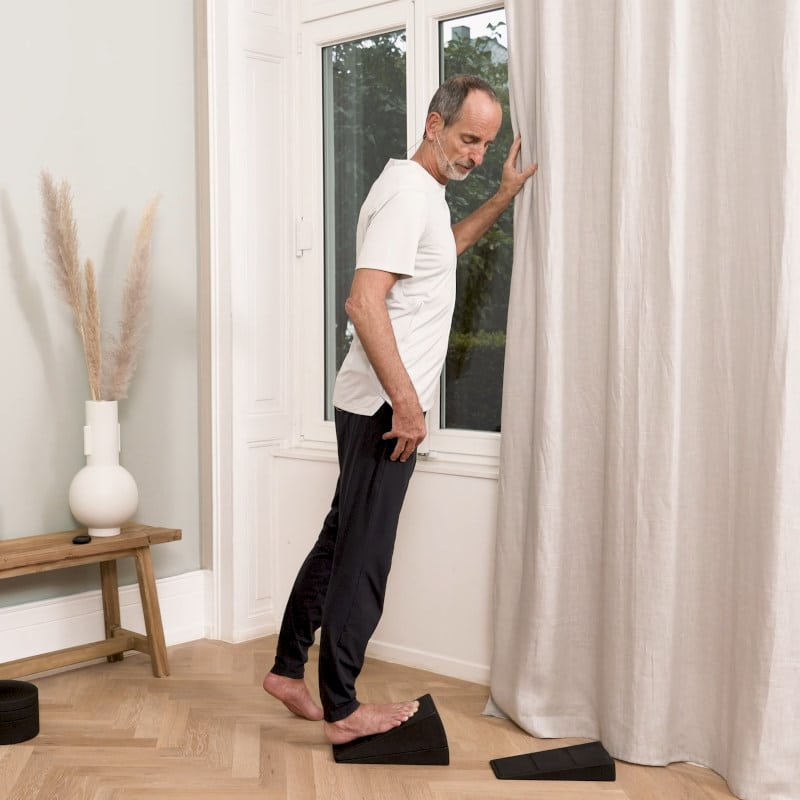
We recommend doing this and the next stretch close to a wall so you can support yourself. Stack your Knee Hero with the large wedge and one of the small wedges and place it so the tall end faces a wall.

Remove the small wedge from your Knee Hero.
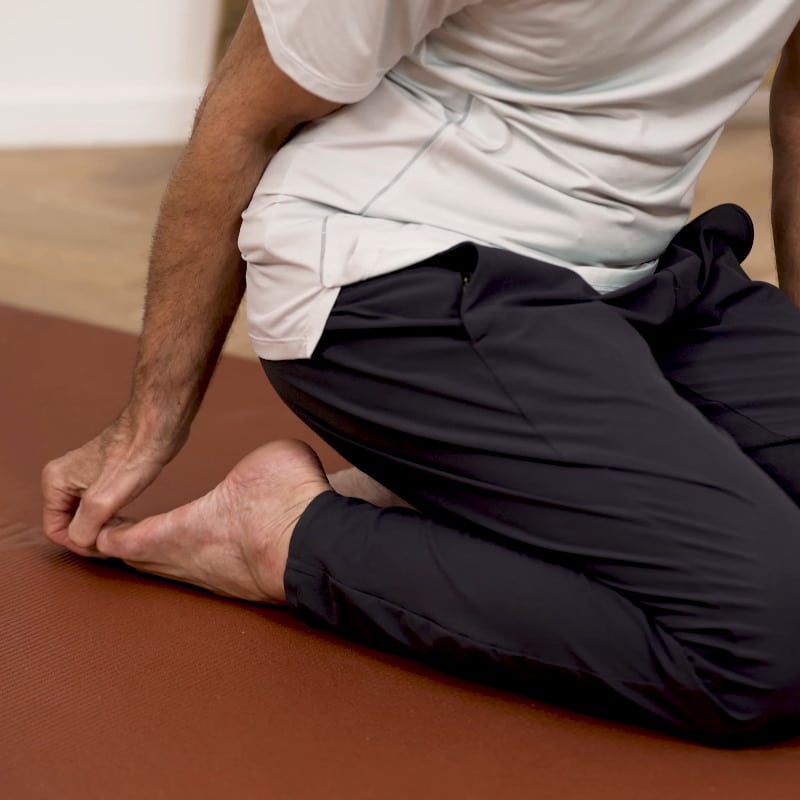
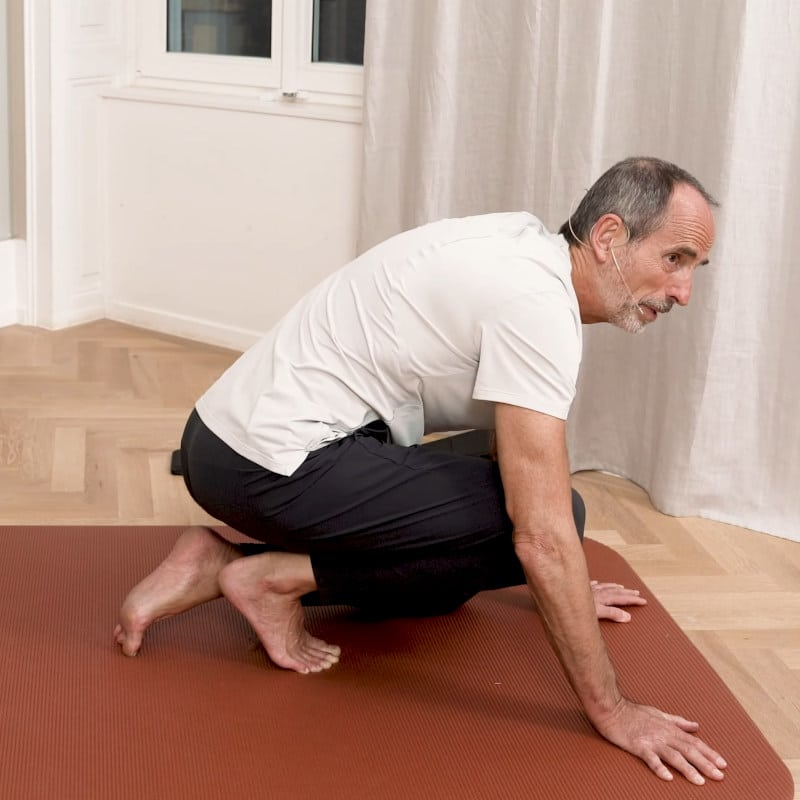
Curl your other foot around your heel if you are ready for a more intense stretch.
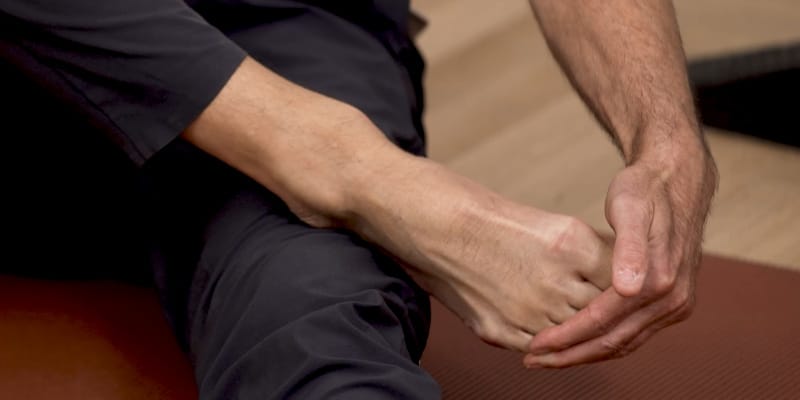
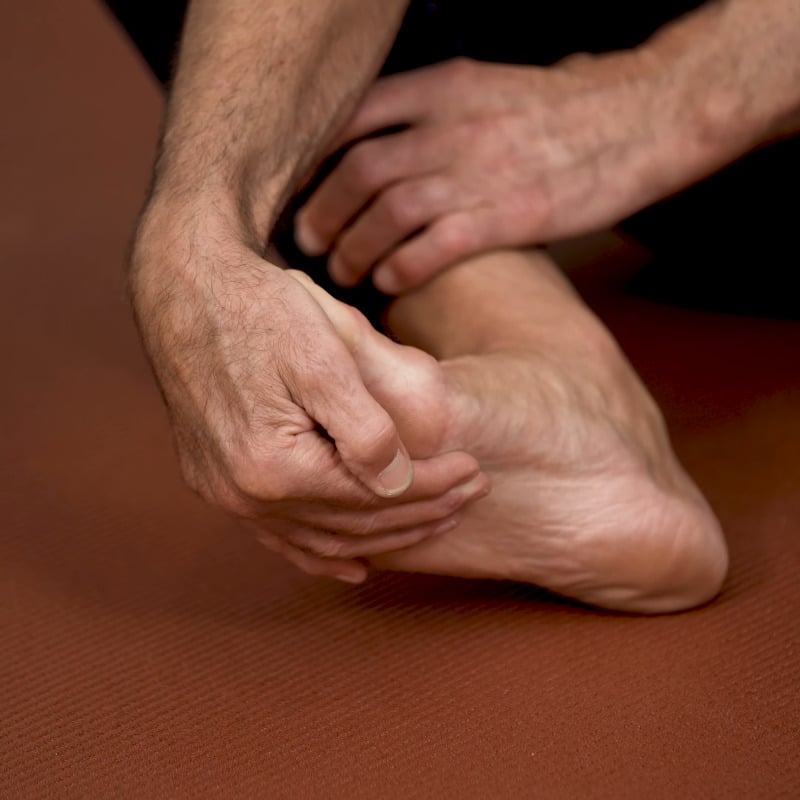
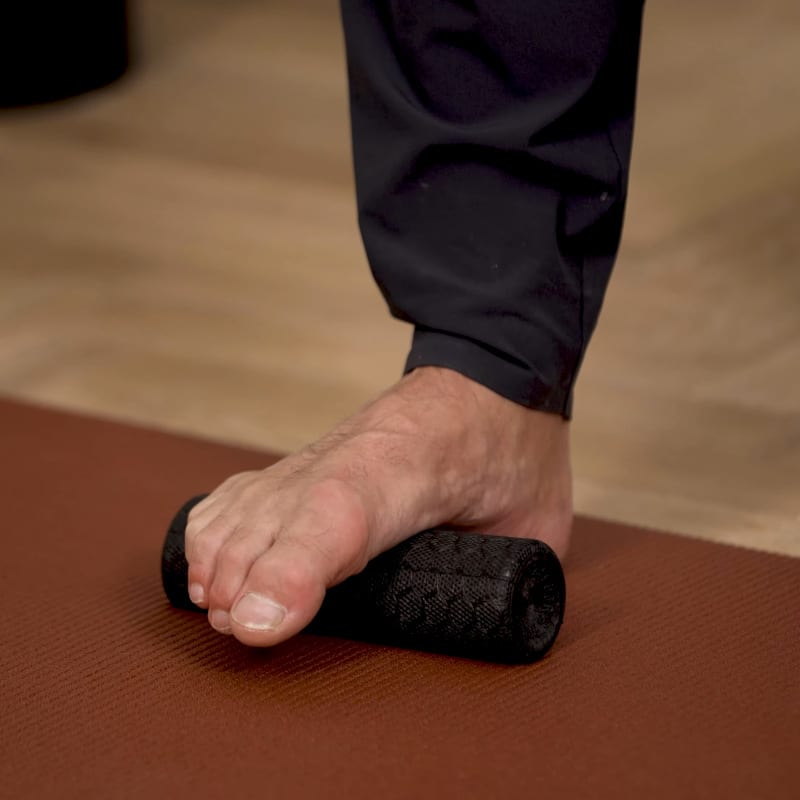
For this exercise, you’ll need the Mini Foam Roller. Roll slowly; the massage should take at least 2 minutes.
Perform our exercises for splay foot 6 days a week and leave 1 day for rest. When you notice that you can walk without pain, you can adjust how often you exercise.
Download our FREE PDF guide and start relieving your foot pain now.
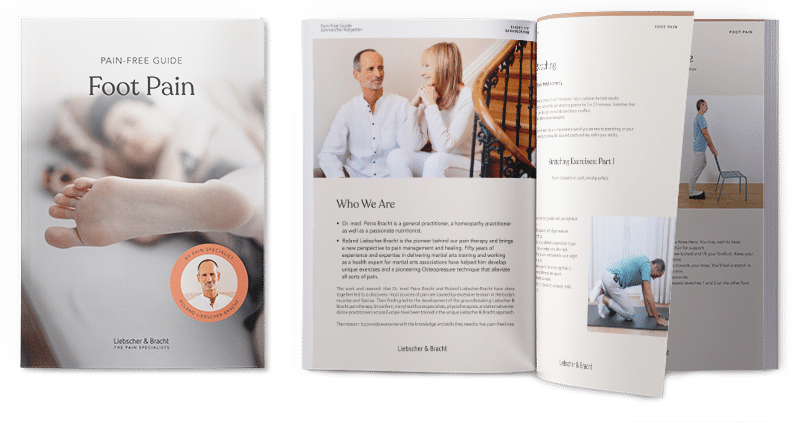
All gain. No pain.
Discover how to identify foot conditions, learn all about causes and symptoms, and find out which of our exercise routines is best to manage your foot health.
Learn About & Manage Foot PainHammer toe is a condition where one of your toes is bent. This routine can help lengthen the shortened muscles and tendons so you can walk without pain.
Help Your Hammer ToeOur feet are a high-performing team. But with all the wear and tear, pain is common. These stretches help keep your feet at the top of their game.
Relieve Foot Aches & Pains